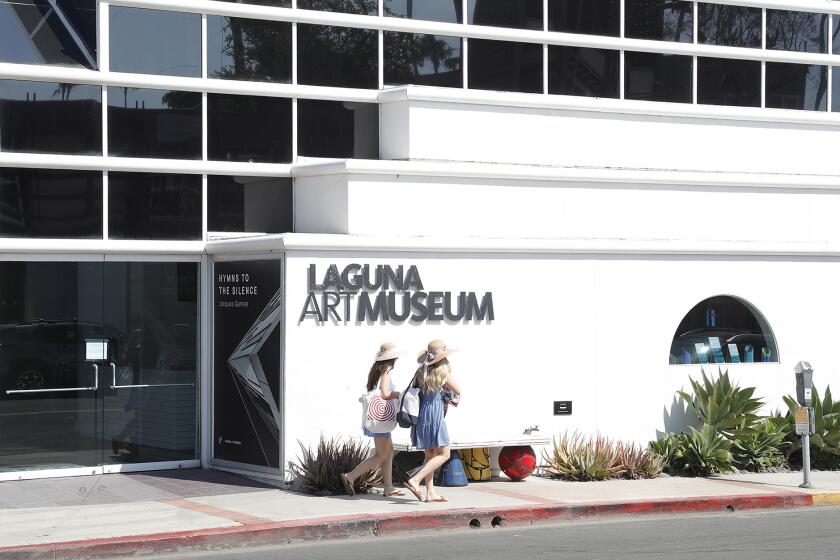Businesses turn to cleaner alternative
- Share via
Deirdre Newman
Stung by the prospect that their properties could be declared
blighted, some Westside property owners are wasting no time in
cleaning up their act.
The owners are part of a 434-acre area that the city’s
Redevelopment Agency is considering adding to the downtown
redevelopment zone. To do so, independent consultants must show that
these properties are blighted physically and economically.
The cleanup effort is under a tight deadline as the agency will be
convening again on March 10 to decide whether to approve the
preliminary boundaries of the proposed addition -- an odd-shaped area
roughly bordered by 15th Street, Whittier Avenue and West 19th
Street. At stake are the owners’ most vital assets, as the very
property they own could be taken from them through eminent domain.
In the past, the property owners have denied charges their
businesses are blighted and expressed adamant opposition to being
included in the redevelopment area. The cleanup effort represents a
shift in direction as the owners make a goodwill gesture to city
leaders illustrating their desire to rejuvenate the area.
“We want to show the city that we can do more than just protest
and are willing to make tangible differences in the neighborhood,”
said John Hawley, the owner of Railmakers. “We want to show a sense
of cooperation.”
Hawley created a Web site to alert the other 600-plus property
owners in the proposed addition to the threat of redevelopment. He is
using the Web site to exhort other industrial property owners to make
a significant effort to spiff up their properties.
Many have heeded his call, Hawley said.
One is Bill Boyd, who has owned a strip with 20 tenants at the
corner of 18th and Placentia since 1958.
Boyd recently had his property painted in neutral earth tone
colors that won’t jar the senses of passersby.
“This is important because there are a lot of industrial spaces
that are painted wacky colors, so every property I own is painted in
our corporate colors -- taupe and creme -- for consistency,” Boyd
said.
He also has reminded his tenants to make sure their trash is
disposed of in the proper places and let delivery drivers know not to
block right-of-ways.
Boyd is even going a step farther, saying he will stripe the
public right-of-way area to make it more clear. He also intends to
re-slat the fence around the yard that is showing its age.
He is confident the measures he is taking will stake the odds in
his favor when his property is being scoured for blight.
“It’s been my experience that if you keep your buildings in good
shape and painted well and cleaned up with not a lot of trash, you
maintain these kind of [high-quality] tenants and maintain a high
occupancy and consistency in the economic base,” Boyd said.
For his part, Hawley, who owns a dilapidated house at the front of
his property, has started the permit process to get it removed.
He also extended an invitation to all the City Council members --
who act as the Redevelopment Agency -- to take a tour of the area so
they can give their input on what they consider blight. Hawley said
he and the other industrial property owners that oppose redevelopment
would then try to exert their influence to remedy the unsightliness
in the area.
Councilman Allan Mansoor, who is one of two who accepted that
invitation, said he appreciates any effort by owners to clean up
their properties, but stopped short of guaranteeing that the effort
would automatically eliminate them from the redevelopment area.
All the latest on Orange County from Orange County.
Get our free TimesOC newsletter.
You may occasionally receive promotional content from the Daily Pilot.



